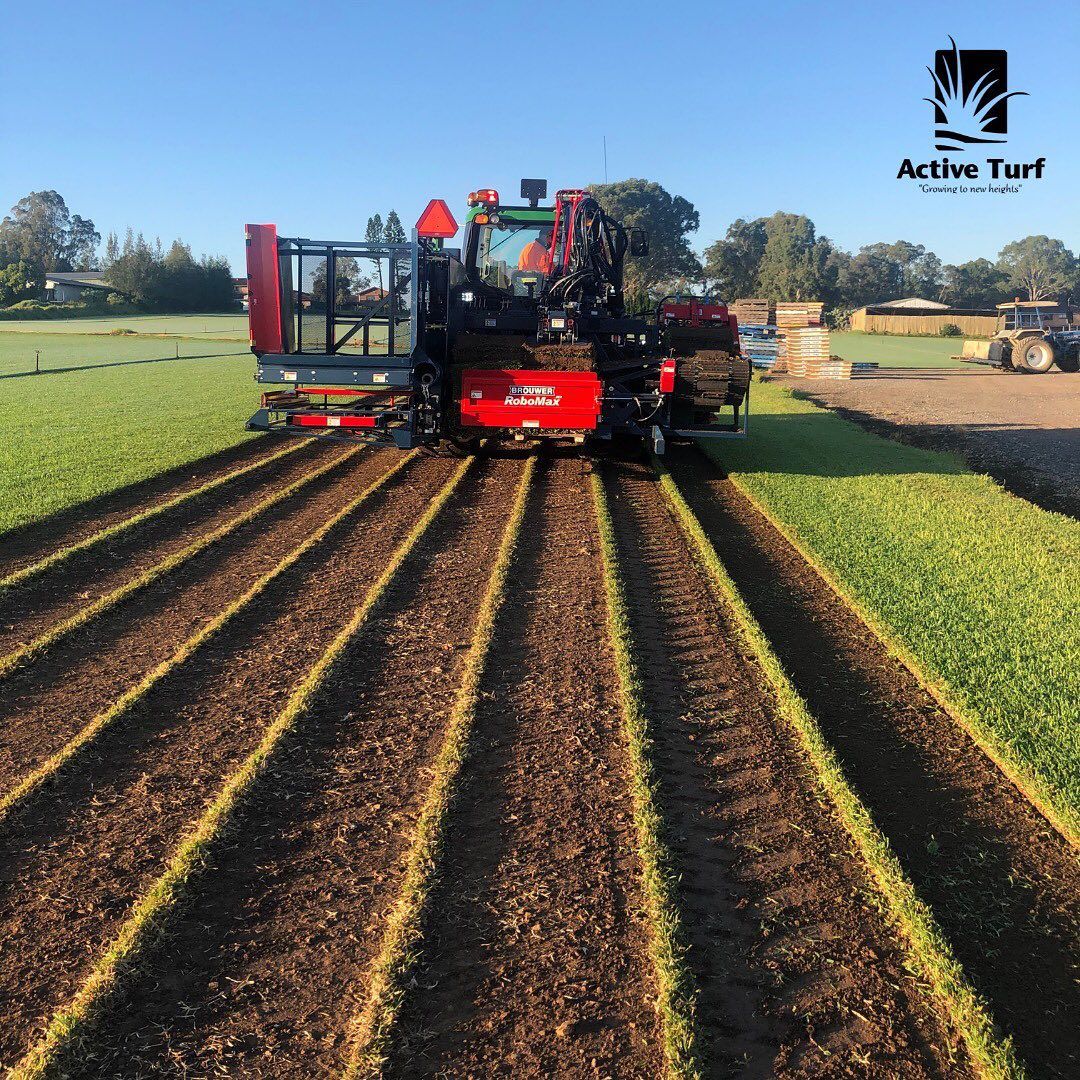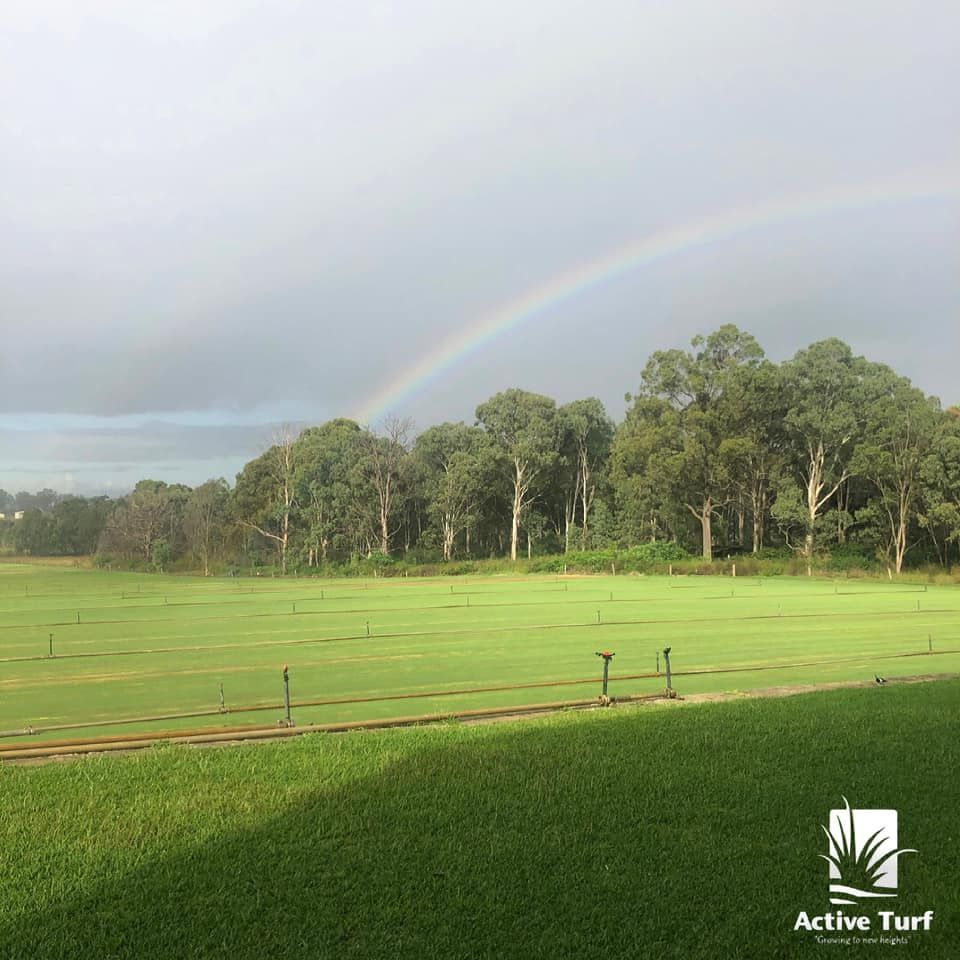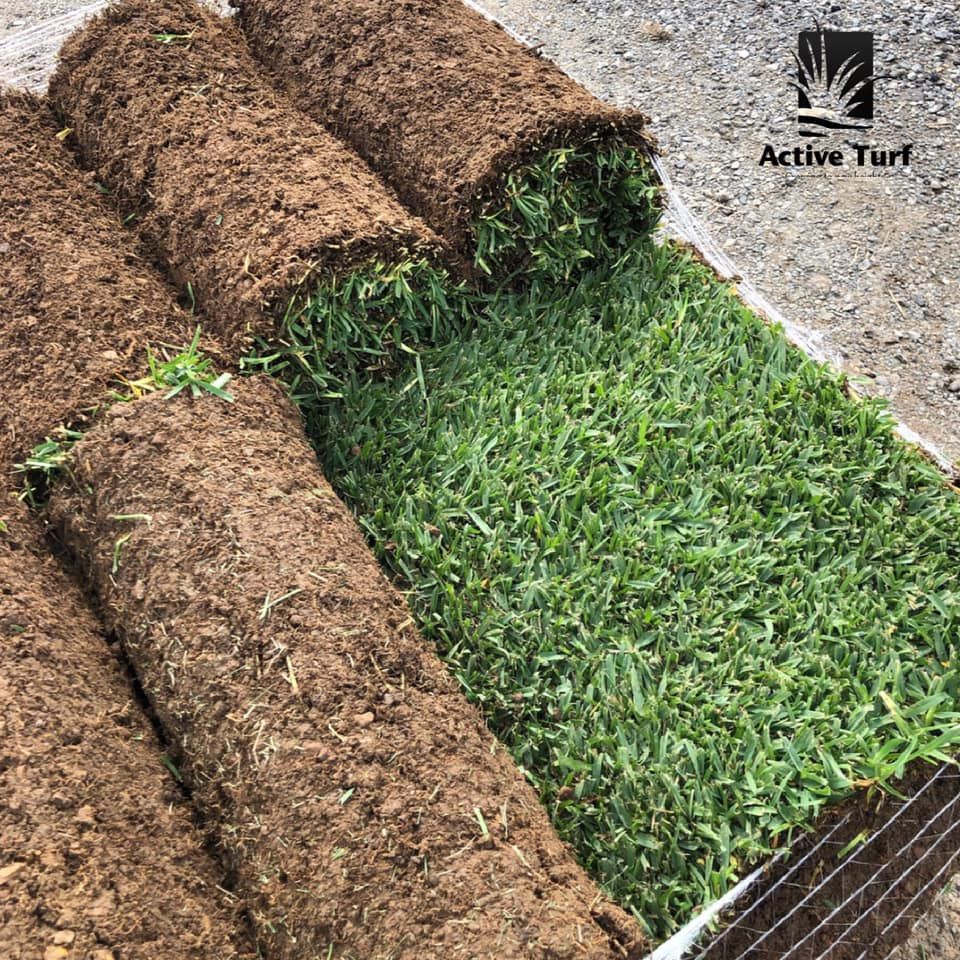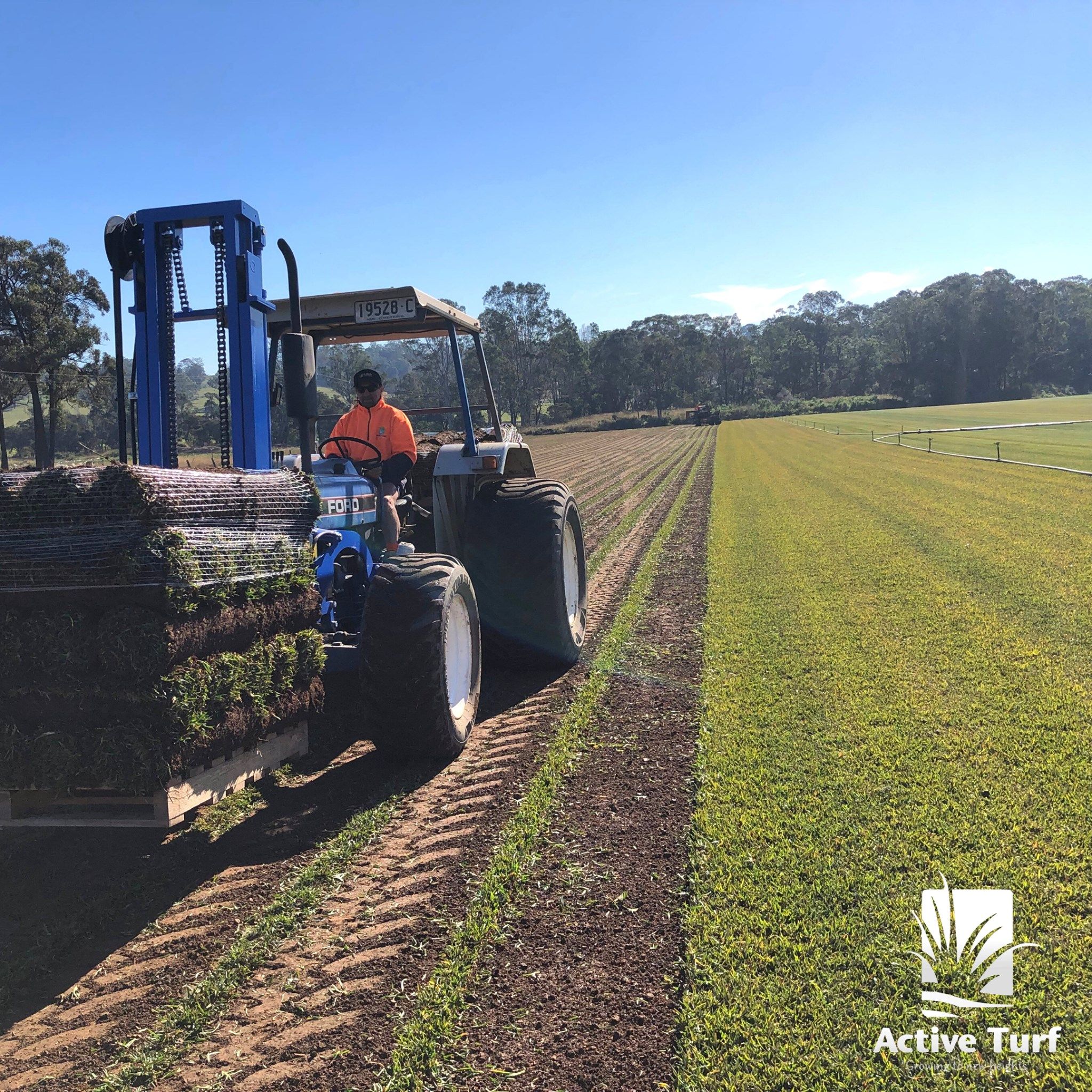ENVIRONMENT
The benefits of turf
Turf and benefits to the community
Next time you are watching the grass grow, think about the unmatched contribution made by lawns and recreational turf to our society. Lawns can also play an important role in water conservation, as long as the public are informed properly.
Turf grasses play a critical role in the general health and welfare of our communities. As a result of increasing urbanisation and deforestation they are becoming more and more important for human health. Turf is not only a major source of beauty and comfort in our lives but also a cleansing answer to our environment.
Turf is usually the centrepiece of a garden and most people still regard a turfed yard as part of the Australian dream. Turf can help turn a house into a home. It not only softens the look and increases the beauty of homes but can also dramatically increase its value too.
Turf is the perfect environment for people of all ages. Whether your usage is for; raising a family, walking the dog, having a BBQ, playing professional sport or just having a kick around with friends, there’s no better surface. It reduces the incident of personal injuries through its cushioning ability and children in particular are much better protected when playing and falling on grass than any other surface.
Lawns at homes, parks and sports areas improve our environment and our physical and mental health

Lawns at homes, parks and sports areas improve our environment because:
-
They are a low cost “injury prevention” surface for games and sports.
-
They filter out dust and air pollutants thereby reducing respiratory diseases.
-
They help us to relax, are aesthetically pleasing and reduce glare and traffic noise.
-
“Backyard” lawns provide a relatively safe area for children to play.
-
They are a focus for social outdoor activities and a “run” for pets.
-
They reduce global warming.
-
They are a continuing source of oxygen and cool air, minimising heat island effects.
-
By reducing peak stormwater run-off lawns reduce flooding and erosion
-
They allow rainfall to replenish groundwater for trees and shrubs
-
The likelihood of homes being destroyed in wildfires is reduced by lawns.
-
Lawn roots (except Kikuyu) do not damage the pavement or block drains.
-
Open lawn areas provide a feeling of security
-
They afford visibility (of cars, bicycles & pedestrians), reducing accidents.
Benefits of Turf
Environmental:
-
Air pollution control/air quality improvement
-
Oxygen generation
-
Dust prevention & stabilisation
-
Carbon sequestration & sinks
-
Water filtration and purification (phytoremediation)
-
Water run-off reduction
-
Rainwater harvesting & entrapment – groundwater recharge
-
Reduction in nutrient movement & loss
-
Erosion control
-
Soil improvement & restoration
-
Bioderadation of synthetic organic compounds (phytoremediation)
-
Alleviating heat island effects
-
Reduction in nutrient movement & loss
-
Erosion control
-
Soil improvement and restoration
-
Biodegradation of synthetic organic compounds (phytoremediation)
-
Alleviating heat island effects
Health:
-
Safe playing surfaces
-
Security-visibility
-
Mental health
-
Physical health
Aesthetic / Economic:
-
Low cost surfaces
-
Increased property value
-
Entertainment / Beauty
-
Community pride
-
Fire prevention
-
Glare reduction

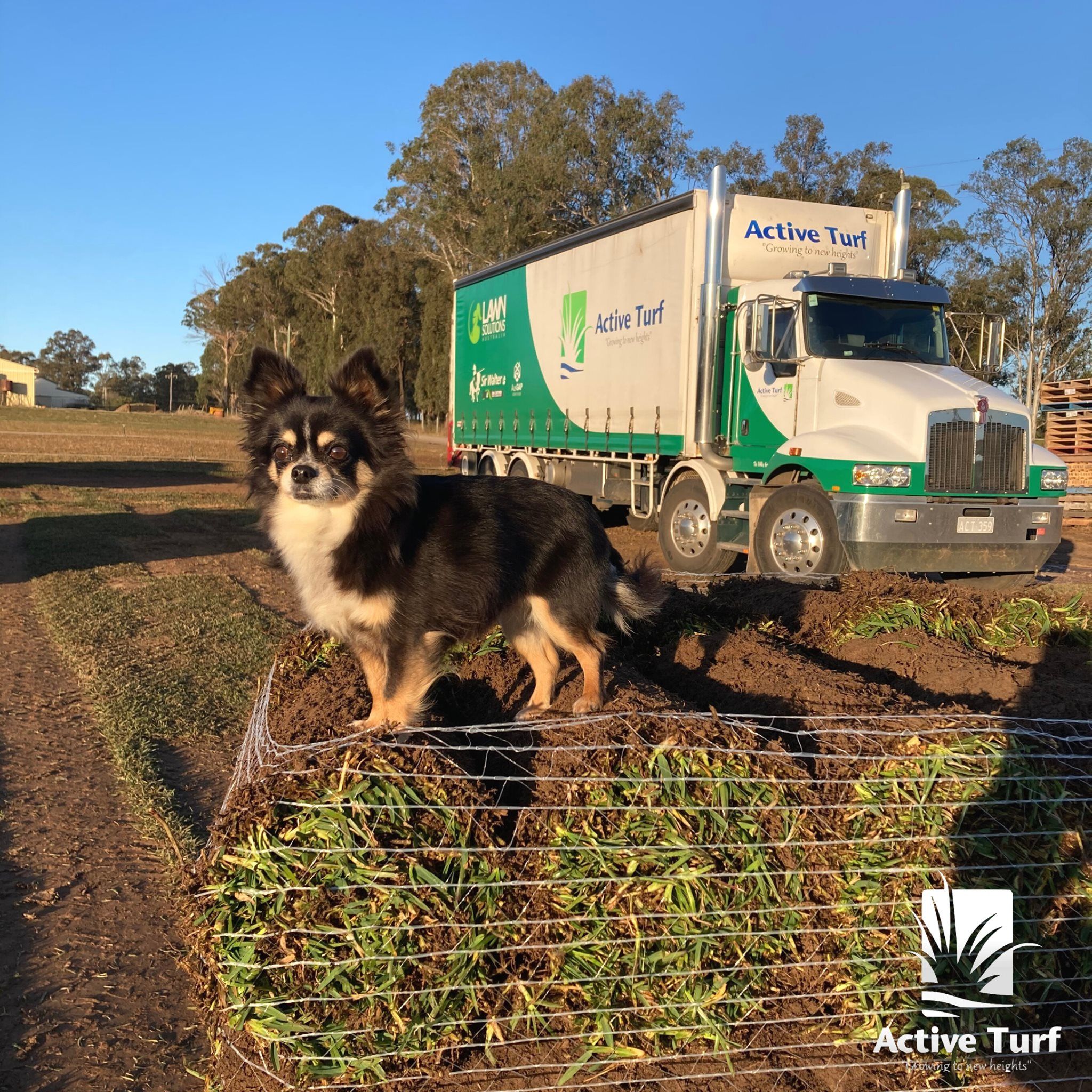
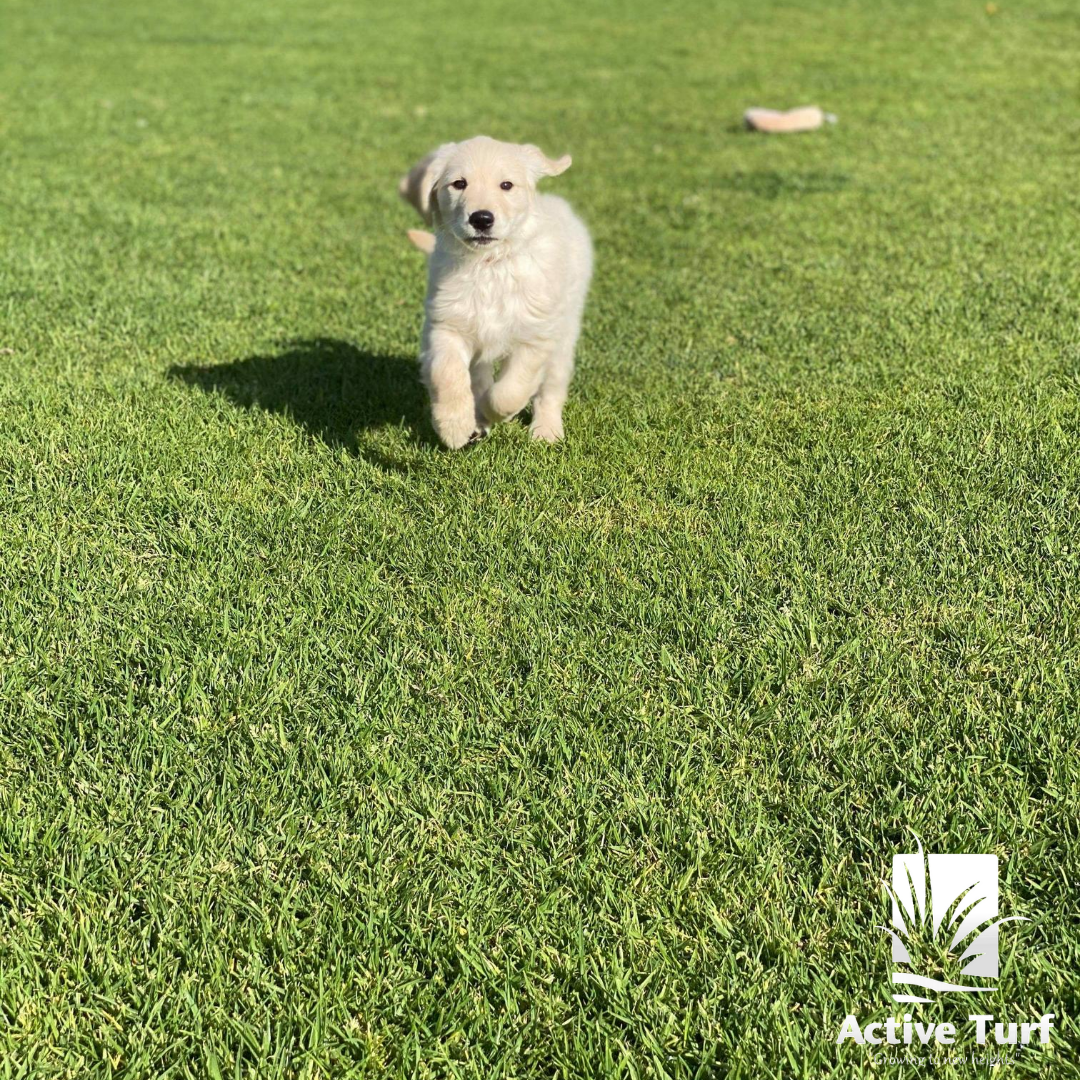

Perceived Disadvantages of Lawns
Water Use
Chemicals
Summary
Lawns play a very important role in recreational activities. Lawns have the added benefit that in drought cycles, with little or no water, they generally survive, if not they are very cheap to replace.
Lawns are singled out as being of high water use. If excessive water is being used on lawns then it may be because we are not educated properly about actually how much water is needed to make a lawn survive.
